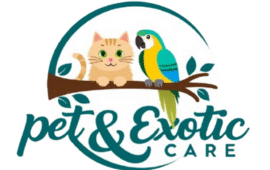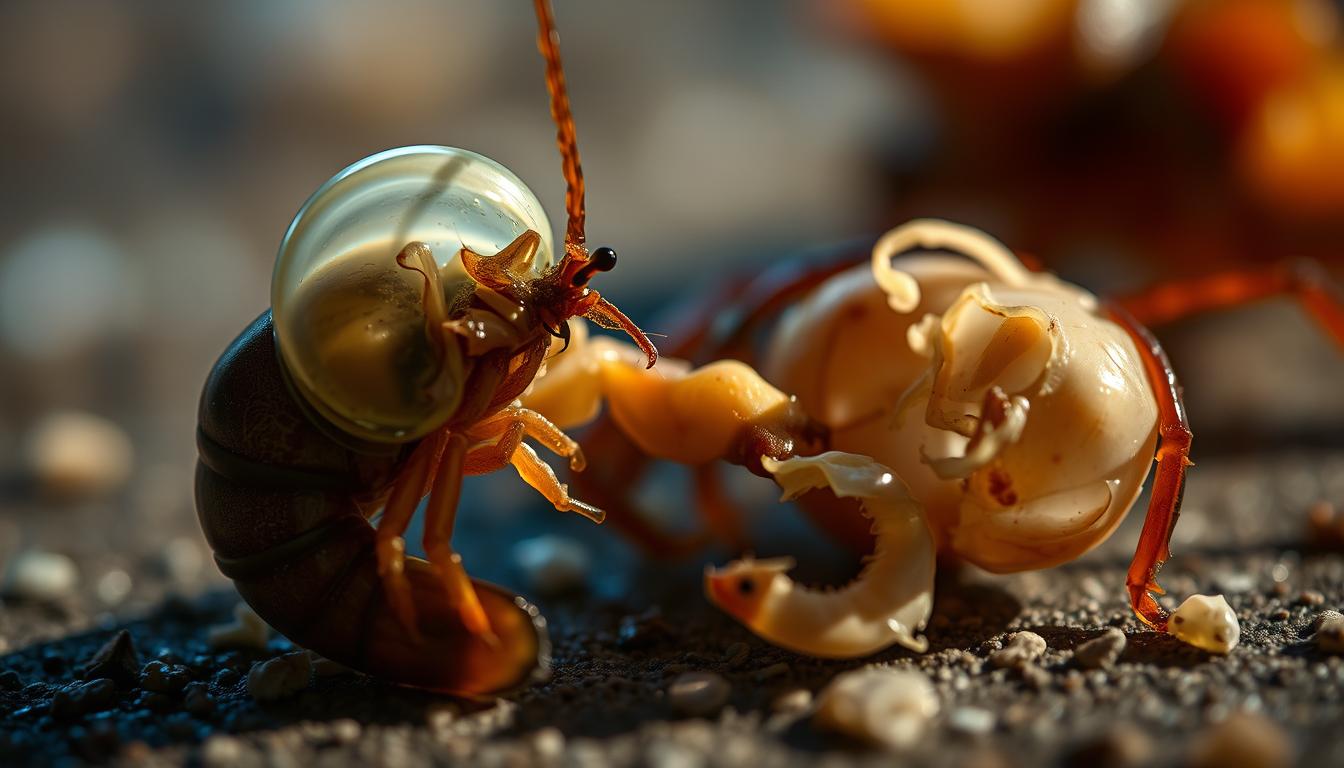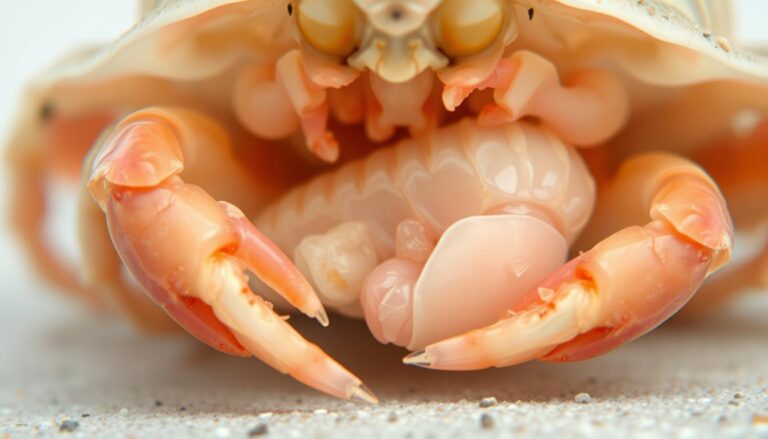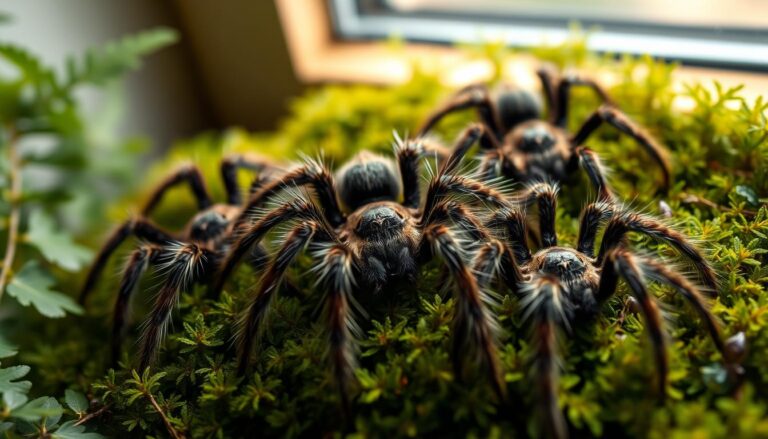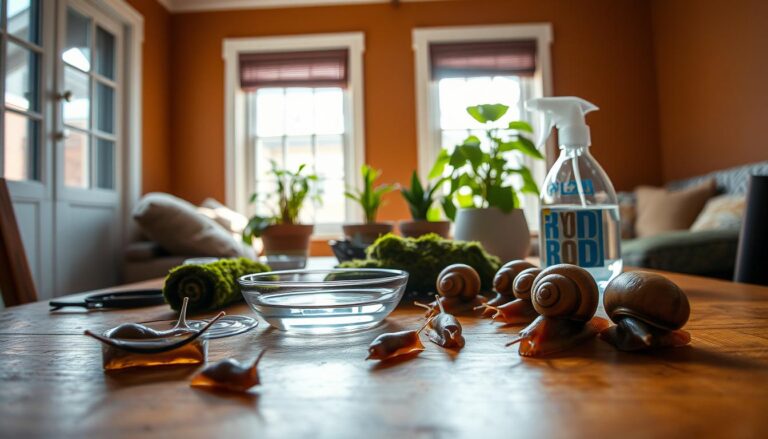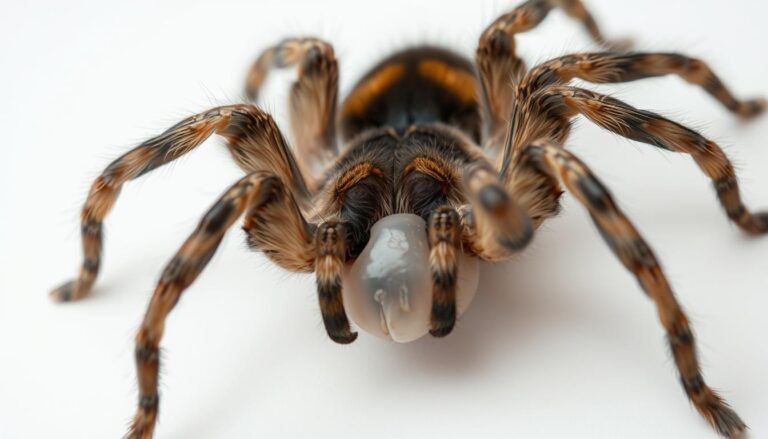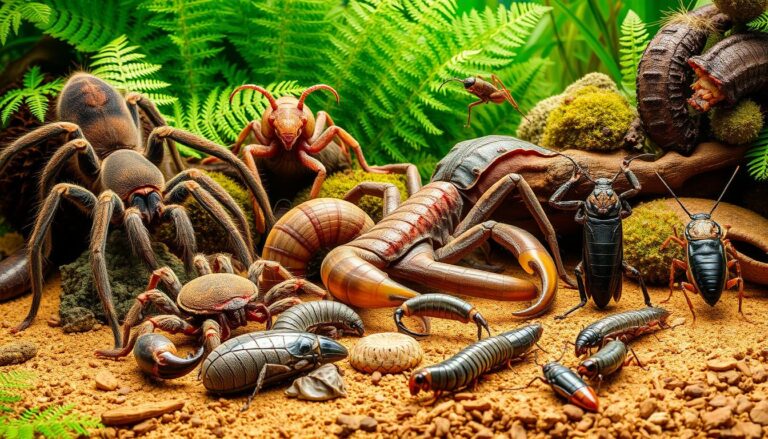Moulting in Invertebrates: What Owners Should Know
Are you aware of the critical periods in your invertebrate pet’s life cycle that can significantly impact their health and wellbeing? Moulting, a natural biological shedding process, is essential for invertebrates’ growth and development. Invertebrates, such as arthropods, must shed their entire exoskeleton to accommodate growth, making this a particularly dramatic and vulnerable period. Understanding…
Are you aware of the critical periods in your invertebrate pet’s life cycle that can significantly impact their health and wellbeing? Moulting, a natural biological shedding process, is essential for invertebrates’ growth and development.
Invertebrates, such as arthropods, must shed their entire exoskeleton to accommodate growth, making this a particularly dramatic and vulnerable period. Understanding the moulting needs of your pet is crucial for providing the right care and environmental conditions.
This comprehensive guide will explore the biological mechanisms behind molting, identify common pet invertebrates that undergo this process, and provide practical advice for supporting them through this critical period.
Key Takeaways
- Understanding the moulting needs of your invertebrate pet is crucial for their health and wellbeing.
- Invertebrates must shed their entire exoskeleton to accommodate growth.
- The moulting cycle varies significantly between different invertebrate species.
- Proper care and environmental conditions are essential during the moulting period.
- This guide provides practical, science-based advice for supporting invertebrates through molting.
Understanding the Moulting Process
Understanding moulting is crucial for invertebrate owners, as it is a vital aspect of their pets’ life cycle. Moulting, also known as ecdysis, is a complex biological process that involves the shedding of the old exoskeleton to accommodate growth and development.
What is Moulting?
Moulting is a process where invertebrates shed their old exoskeleton, allowing them to grow and develop. This process is triggered by hormonal changes, which stimulate the epidermal cells to increase protein synthesis, leading to the separation of the epidermis from the old endocuticle. The new exoskeleton is formed beneath the old one, and the old exoskeleton is eventually shed.
Why Invertebrates Need to Moult
Invertebrates need to moult to accommodate their growth and development. As they grow, their exoskeleton becomes too small, and moulting allows them to shed the old exoskeleton and emerge with a new, larger one. This process is essential for their survival, as it enables them to move, feed, and reproduce effectively.
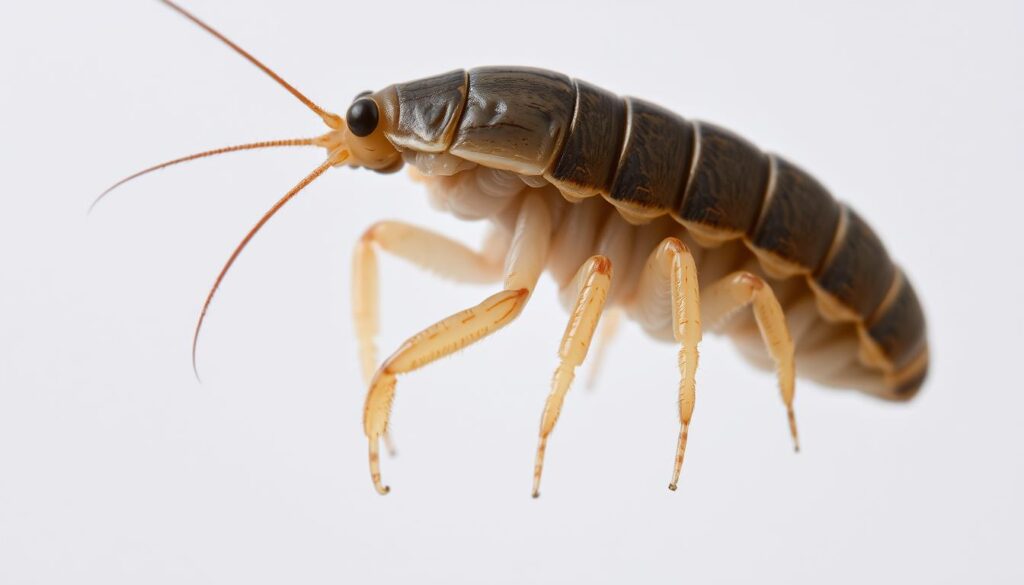
The Biological Stages of Moulting
The moulting process involves several distinct biological stages. These stages include apolysis, where the epidermis separates from the old endocuticle; pre-ecdysial phase, where the new epicuticle and procuticle are secreted; ecdysis, where the old exoskeleton is shed; and post-ecdysial phase, where the new exoskeleton is expanded and hardened. The stages of moulting are crucial for the successful shedding of the old exoskeleton and the formation of a new one.
- The moulting process is triggered by hormonal changes.
- The new exoskeleton is formed beneath the old one.
- The old exoskeleton is shed through a process called ecdysis.
- The new exoskeleton is expanded and hardened after ecdysis.
Common Invertebrate Pets That Moult
As fascinating as they are, invertebrate pets such as scorpions, crayfish, and beetles require specific care, particularly during their moulting periods. Moulting, or ecdysis, is a natural process for many invertebrates, allowing them to grow and develop. Understanding the moulting process in different invertebrate groups is essential for providing the best care.
Arachnids: Tarantulas, Scorpions, and Other Spiders
Arachnids, including tarantulas and scorpions, undergo moulting throughout their lives. The frequency of moulting decreases as they mature. Young arachnids may moult several times a year, while adults may only moult once every few years. The process involves shedding their exoskeleton to accommodate growth. “The moulting process in arachnids is complex and requires precise environmental conditions to be successful,” notes an expert. Proper humidity and temperature are crucial during this period to prevent complications.
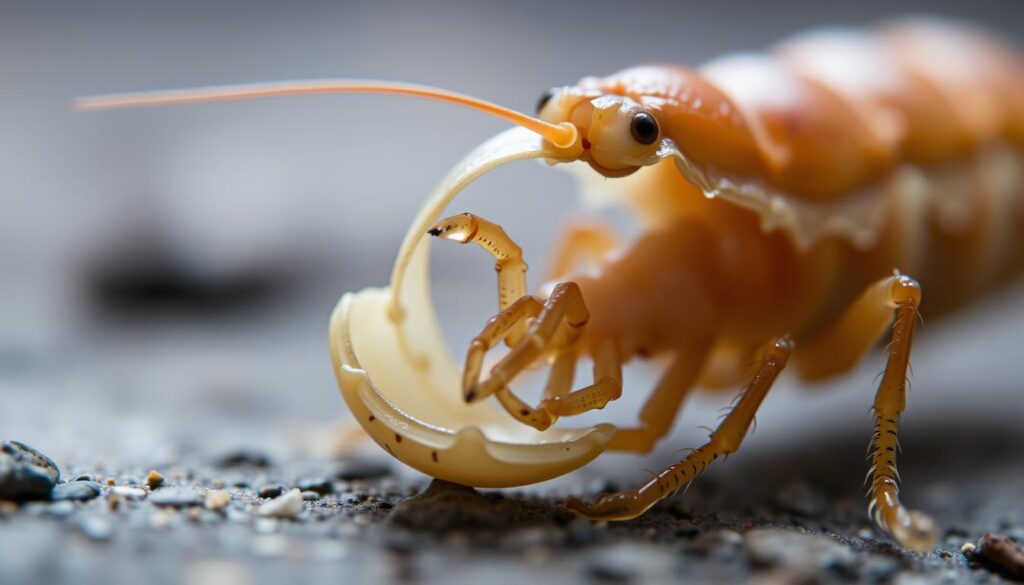
Crustaceans: Hermit Crabs, Crayfish, and Lobsters
Crustaceans like hermit crabs, crayfish, and lobsters also moult to grow. Hermit crabs, for example, may moult several times as they outgrow their shells. The moulting process in crustaceans involves not just the exoskeleton but also the lining of their digestive tract. Ensuring the right environment, including adequate humidity and calcium for shell reformation, is vital. Crustaceans are particularly vulnerable during and after moulting, making post-moult care critical.
Insects: Stick Insects, Mantids, and Beetles
Insects such as stick insects, mantids, and beetles undergo multiple moults as they develop from juveniles to adults. Each moult brings them closer to their adult form, with significant changes occurring in the final moults, especially in wing development. For instance, stick insects typically undergo 6-9 moults before reaching adulthood. Maintaining the right humidity is essential for successful moulting, as it helps prevent limbs from becoming stuck in the old exoskeleton.
In conclusion, understanding the moulting process in different invertebrate pets is crucial for their health and well-being. By recognizing the specific needs of arachnids, crustaceans, and insects during moulting, pet owners can provide the necessary care to support their pets through this critical process.
Signs Your Pet is Preparing to Moult
Invertebrates exhibit distinct behaviors and physical changes as they prepare to moult, signaling to owners that this significant event is approaching. Recognizing these signs is crucial for providing the right care and support during this vulnerable period.
Behavioral Changes Before Moulting
Before moulting, many invertebrates display noticeable behavioral changes. Arachnids, for instance, often become reclusive and stop eating for extended periods. Hermit crabs may bury themselves, a behavior that can be alarming to new owners. Understanding these behaviors helps owners prepare for the moulting process.
Physical Indicators of Imminent Moulting
Physical changes are also significant indicators that an invertebrate is about to moult. Some species may show a dulling of their exoskeleton or a separation between the old exoskeleton and the new one forming underneath. Observing these physical signs can help owners anticipate the moult.
Timeline: How Long the Pre-Moult Phase Lasts
The duration of the pre-moult phase varies significantly among different invertebrate species. For example, tarantulas and other arachnids typically take 2-4 weeks as juveniles and 4-8 weeks as adults to prepare for moulting. Hermit crabs can take 4-8 weeks, burying themselves during this time. Environmental factors, size, age, and nutritional status also influence this timeline.
| Species | Pre-Moult Duration | Notable Behaviors |
|---|---|---|
| Tarantulas | 2-4 weeks (juveniles), 4-8 weeks (adults) | Reclusive, fasting |
| Hermit Crabs | 4-8 weeks | Burying themselves |
| Lobsters | Variable, significant preparation time | Hiding, reduced activity |
Caring for Invertebrates During the Moulting Process
Moulting is a vulnerable time for invertebrates, and creating the right environment is crucial for their survival. During this period, invertebrates such as arachnids and insects undergo significant physical changes, shedding their exoskeletons to grow. Ensuring the right conditions can make a substantial difference in their health and well-being.
Creating the Optimal Environment
To support invertebrates during moulting, it’s essential to create an optimal environment. This involves maintaining the right humidity and temperature levels.
Humidity and Temperature Requirements
Invertebrates have specific humidity and temperature requirements that must be met during moulting. For instance, some species require higher humidity to facilitate the moulting process, while others may need a slight increase in temperature to support their metabolic activities.
Substrate and Hiding Places
The substrate and availability of hiding places also play a crucial role. A suitable substrate can help maintain humidity and provide comfort, while hiding places reduce stress by giving the invertebrate a sense of security.
Feeding Considerations Before and After Moulting
Feeding strategies should be adjusted around the moulting period. It’s generally recommended to stop feeding invertebrates a few days before the expected moult, as they typically don’t eat during this time. After moulting, it’s crucial to wait until the invertebrate’s exoskeleton has hardened before resuming feeding, usually after a few days to a couple of weeks, depending on the species and size.
Handling Restrictions During Vulnerable Periods
Handling invertebrates during the moulting process is highly discouraged. Post-moult, arachnids are extremely vulnerable with soft exoskeletons and often pale coloration. Handling them during this period can cause fatal damage to their soft, unhardened body parts. It’s recommended to avoid handling for at least 7-10 days after the completion of ecdysis.
As emphasized by experts, “The moulting process is a critical phase in an invertebrate’s life cycle, requiring careful management to ensure their health and survival.” Maintaining a stress-free environment and minimizing disturbances are key to supporting invertebrates through this vulnerable period.
Common Moulting Problems and Solutions
As invertebrates moult, they may face several challenges that, if not properly managed, can lead to serious health issues. Understanding these potential complications is crucial for providing the necessary care.
Stuck Moults: Causes and Interventions
A stuck moult occurs when an invertebrate is unable to fully shed its old exoskeleton, often due to inadequate humidity or improper temperature. To intervene, owners can gently mist the enclosure to increase humidity or provide a shallow water dish for soaking.
Deformities and Injuries During Moulting
Deformities and injuries can occur during the moulting process, often as a result of improper handling or environmental stressors. Ensuring a stress-free environment and avoiding handling during this vulnerable period can help minimize these risks.
Post-Moult Care for Troubled Invertebrates
For invertebrates experiencing complications after moulting, creating an optimal recovery environment is essential. This includes maintaining perfect humidity levels, stable temperatures, and minimizing disturbances. Nutritional support should focus on easily accessible, high-value foods, and hydration becomes particularly critical.
Conclusion
The moulting process is a critical aspect of invertebrate care, representing both a significant growth milestone and a period of vulnerability. Understanding the specific needs of different invertebrate species is crucial for successful moulting.
Recognizing the signs that precede moulting, such as behavioral changes and physical indicators, allows owners to make timely adjustments to care routines and environmental conditions. Proper environmental management during moulting periods is vital, with humidity control being particularly critical.
Feeding strategies before and after moulting directly impact the success of the process. While moulting problems can occur, understanding common complications and intervention strategies can help mitigate stress and support healthy development. By being informed and prepared, invertebrate owners can transform the moulting process into a positive experience, deepening their connection with their pets and supporting their overall well-being throughout the year.
